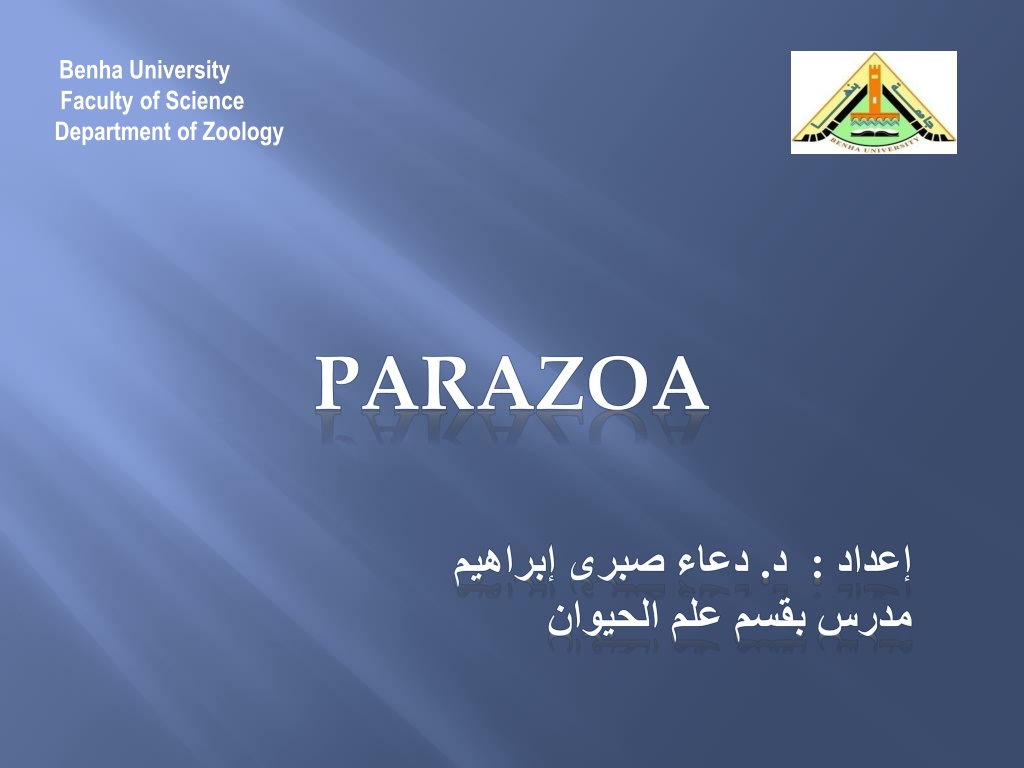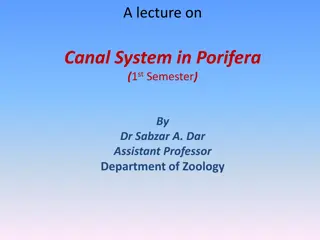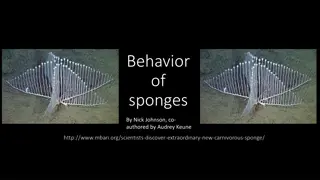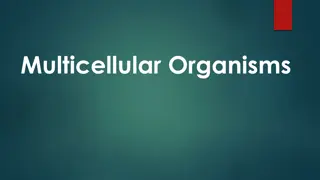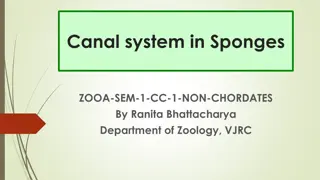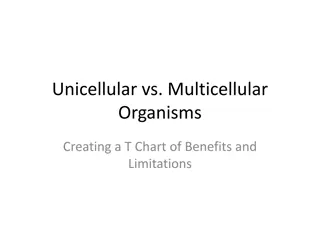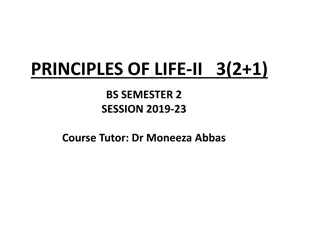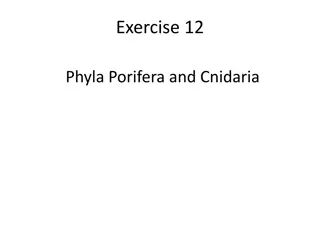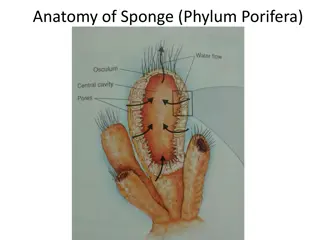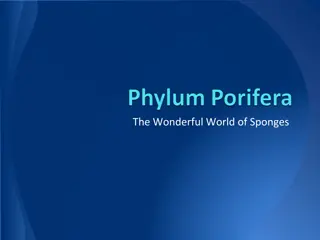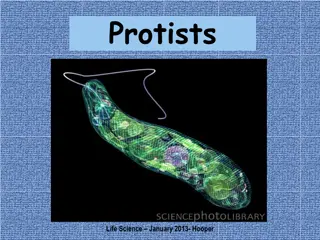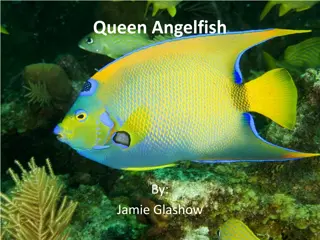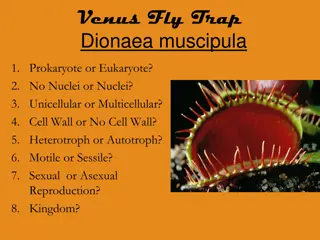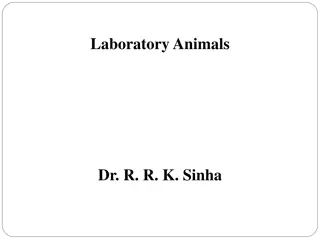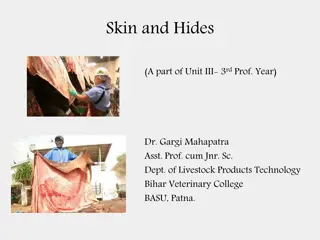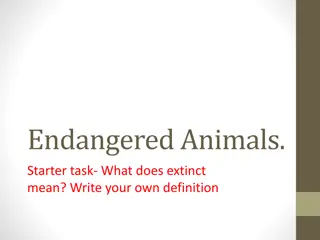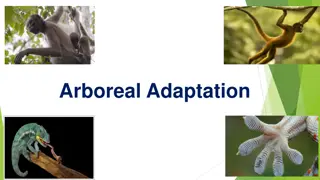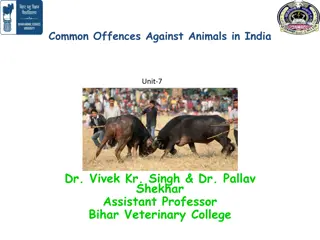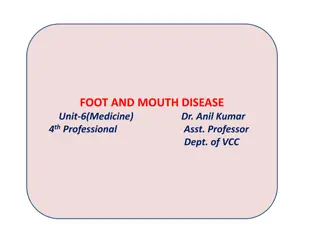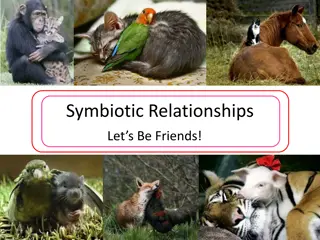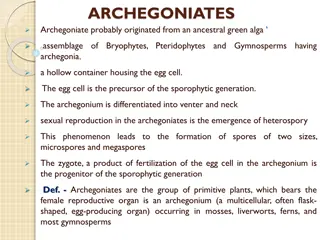Introduction to Porifera: The Simple Multicellular Animals Known as Sponges
Porifera, a phylum of simple multicellular animals known as sponges, lack proper tissues and organs. They are filter feeders found in aquatic environments, with varied shapes and structures. Nutrition, digestion, respiration, excretion, and reproduction in sponges occur uniquely, making them intriguing organisms to study.
Download Presentation

Please find below an Image/Link to download the presentation.
The content on the website is provided AS IS for your information and personal use only. It may not be sold, licensed, or shared on other websites without obtaining consent from the author. Download presentation by click this link. If you encounter any issues during the download, it is possible that the publisher has removed the file from their server.
E N D
Presentation Transcript
Benha University Faculty of Science Department of Zoology
This includes a single phylum, Porifera, the members of which are simple multicellular animals commonly known as sponges. The body of the animal is formed of many cells which are not much differentiated and do not form proper tissues.
Aquatic animals; mostly marine, a few freshwater; occur singly or in colonies. Shape mostly variable, radially symmetrical or asymmetrical. All are filter feeders. The body surface is perforated by numerous pores (ostia) from which the water current enter the body cavity then exite from the oscula. 1. 2. 3.
4- Nutrition: All are filter feeders. The sponges filter the food particles from the water current. 5-Digestion: Mouth and a digestive system are absent. Digestion entirely intracellular as in the Protozoa. 6-Respiration: Respiration takes place by simple diffusion between the flowing water and the cells. 7-Excretion: Excretion occurs by simple diffusion. The wastes and nitrogenous materials leave the body with the outgoing water current from the osculum. 8-Nervous system: The nervous system and sensory cells are absent
sclerocyte silica calcium carbonates spongioblast
10-Reproduction A- Asexual: Regeneration: Budding: Gemmule formation:
11. There are three structural types of sponge: a) Ascon type: is a simple sponge (e.g. Leucosolenia). b) Sycon type: is a sponge of more complexity than ascon (e.g. Sycon). c) Leucon type: is the most complex type of sponges (e.g Euspongia or bath sponge).
Kingdom: Animalia Phylum: Porifera Genus: Leucosolenia
Habitat: Leucosolenia is a small, delicate, branching, colonial marine sponge found growing in shallow water below low tidemark, on sea-shore rocks, boulders and jetties. Body wall: The body wall consists of 2 layers; an outer dermal layer of polygonal flattened pinacocytes and an inner gastral layer; which lies to the inside, lining the whole of the paragastric cavity (spongocoel) and composed of a single layer of collared flagellated cells or choanocytes. The space between the two cellular layers are filled with a non-living gelatinous protein matrix (mesohyl), which contains sclerocytes and amoebocytes. .
Reproduction: A- Asexual: Budding: By developing external buds which grow to form new individuals. These individuals either separate or remain attached, thus increasing the mass of the sponge and form colonies. Regeneration: Fragments may be detached by currents or waves. They use the mobility of their pinacocytes and choanocytes and reshaping of the mesohyl to re-attach themselves to a suitable surface and then rebuild themselves.
B- Sexual: Although sponges have no gonads (reproductive organs). The reproductive cells are formed by the amoebocytes. The ova are large, amoeboid and remain inside the gelatinous matrix, but the sperms are liberated via the osculum and carried by the water current to enter another sponge. There, they may be either taken up by the choanocytes or by the amoebocytes which carry them to the ova. Thus, fertilization is internal (A few species of sponges release fertilized eggs into the water, but most retain the eggs until they hatch). The zygote develops within the matrix of the parent sponge. Cleavage is total and equal, and results in a characteristic larva known as the "parenchymula or stereogastrula ",
